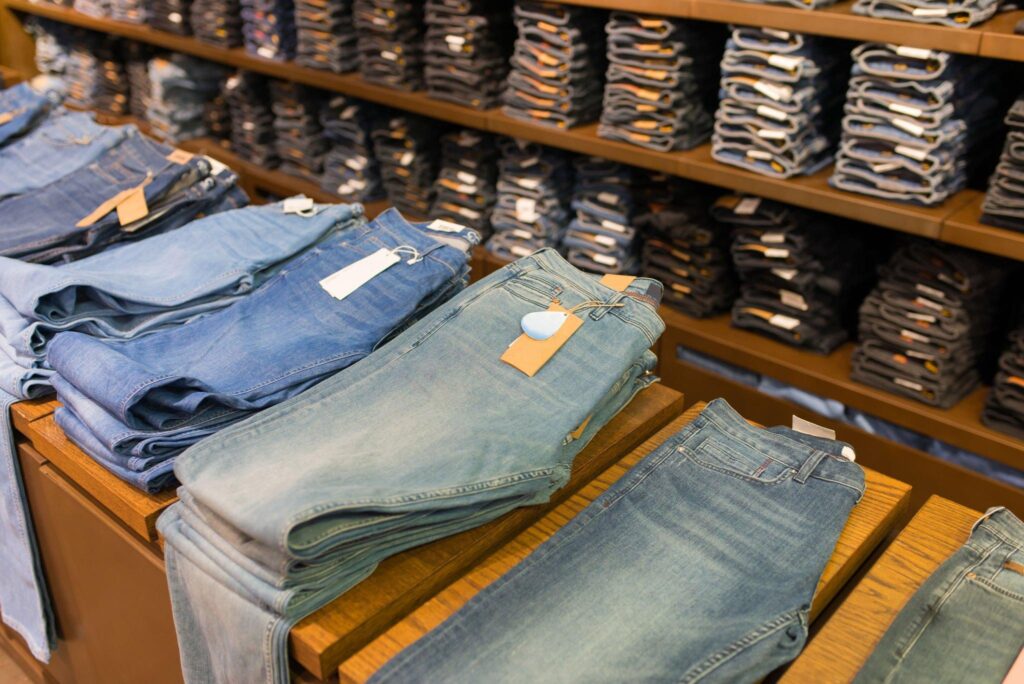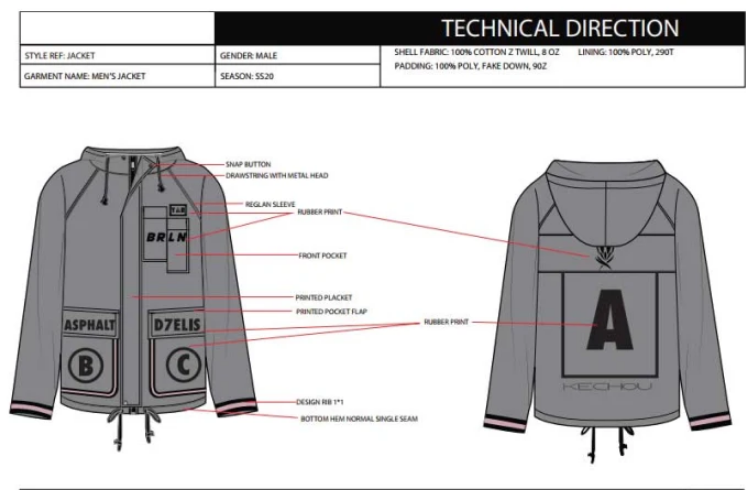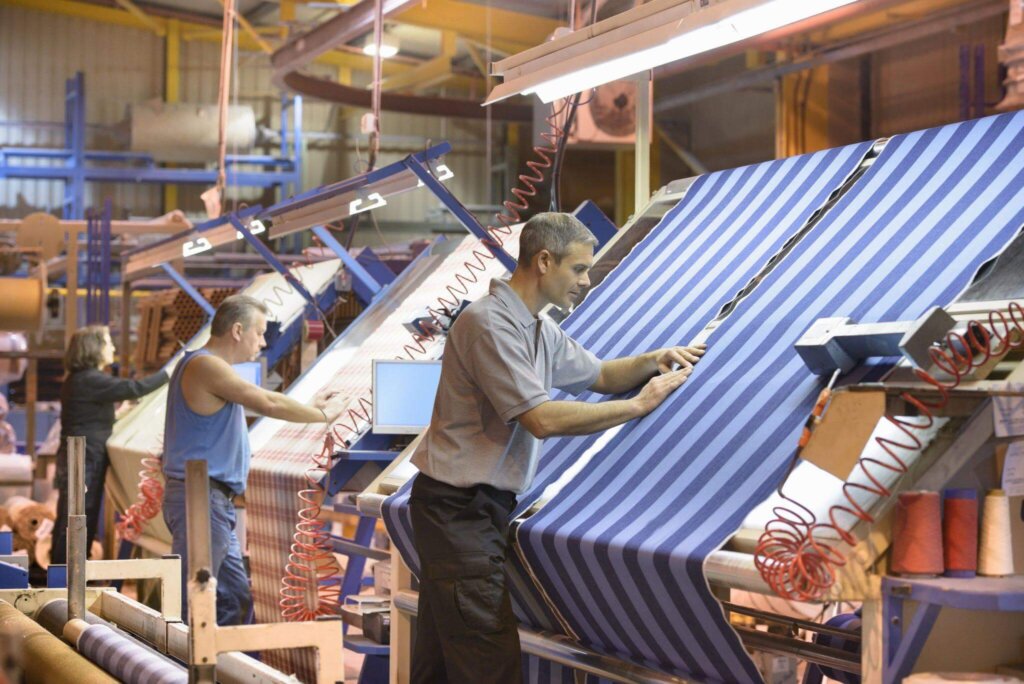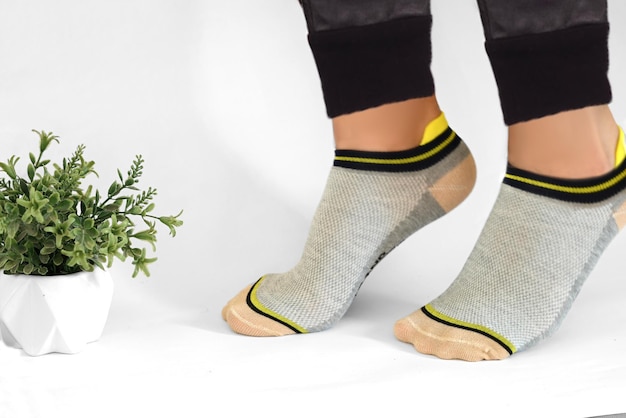Denim remains a cornerstone of global apparel manufacturing, combining structural durability with evolving fashion applications. At Ludyway, we engineer denim solutions balancing technical performance and market adaptability across 13 specialized fabric categories. This guide examines denim through industrial manufacturing parameters, providing brands with data-driven insights for product development.
Technical Denim Classification System
- Dry/Raw Denim
- Composition: 100% ring-spun cotton (14-16oz)
- Shrinkage: 8-10% after initial wash (ISO 3759)
- Production: Undyed weft with indigo warp (6-8 dips)
- Application: Premium custom jeans manufacturing programs
- Selvage Denim
- Construction: Narrow shuttle loom (30″ width)
- Density: 70-80 picks/inch
- Identification: Colored selvage ID (red #5 most common)
- Yield: 15% lower than modern looms
- Colored Denim
- Dyeing Method: Pad dyeing (continuous process)
- Colorfastness: 4+ (ISO 105-E04)
- Fiber Modification: Cationic cotton for deeper saturation
- Poly Denim
- Blend Ratio: 65% polyester/35% cotton
- Weight: 9-11oz/yd²
- Performance: Wrinkle recovery >280° (ASTM D1296)
- Bubblegum Denim
- Elastane Content: 35-40% (dual-core spun yarn)
- Recovery Rate: 95% after 20 washes (AATCC 135)
- Production: Requires custom cut and sew for pattern compensation
- Crushed Denim

- Yarn Treatment: Over-twist (30-35 TPI)
- Finishing: Resin coating + calendar pressing
- Durability: 15,000+ Martindale cycles
- Vintage Denim

- Aging Methods: Enzyme wash (cellulase 15-20g/L)
- Distressing: Laser ablation (50-100W CO² laser)
- Consistency: Digital pattern mapping ensures batch uniformity
- Bull Denim
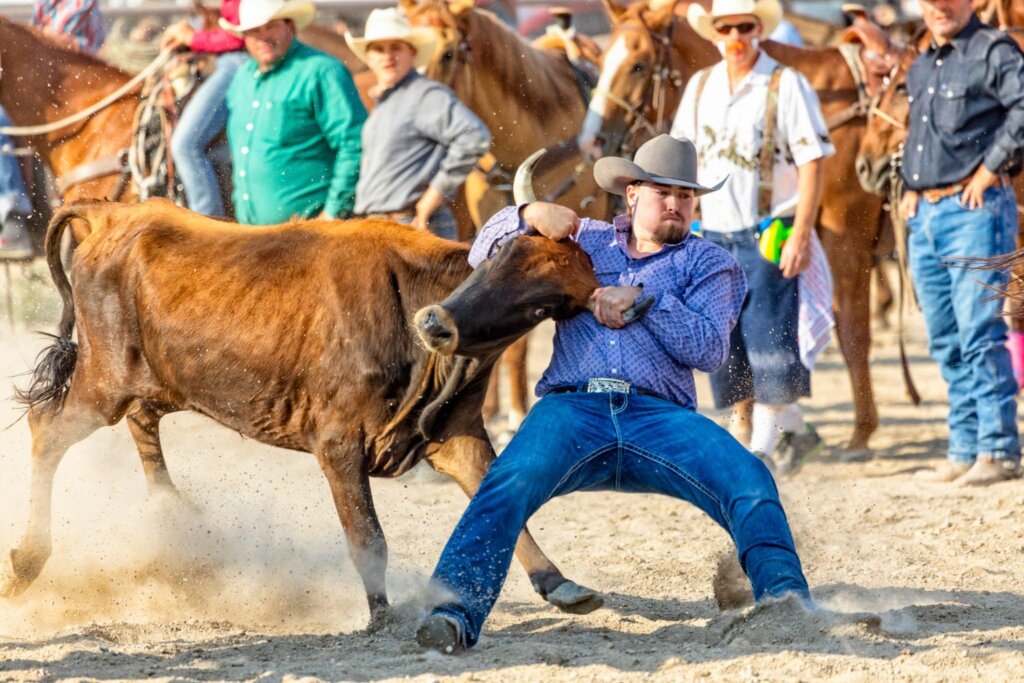
- Weight: 14-16oz (475-540GSM)
- Weave: 3×1 broken twill
- Applications: Workwear, upholstery, technical gear
- Slub Denim
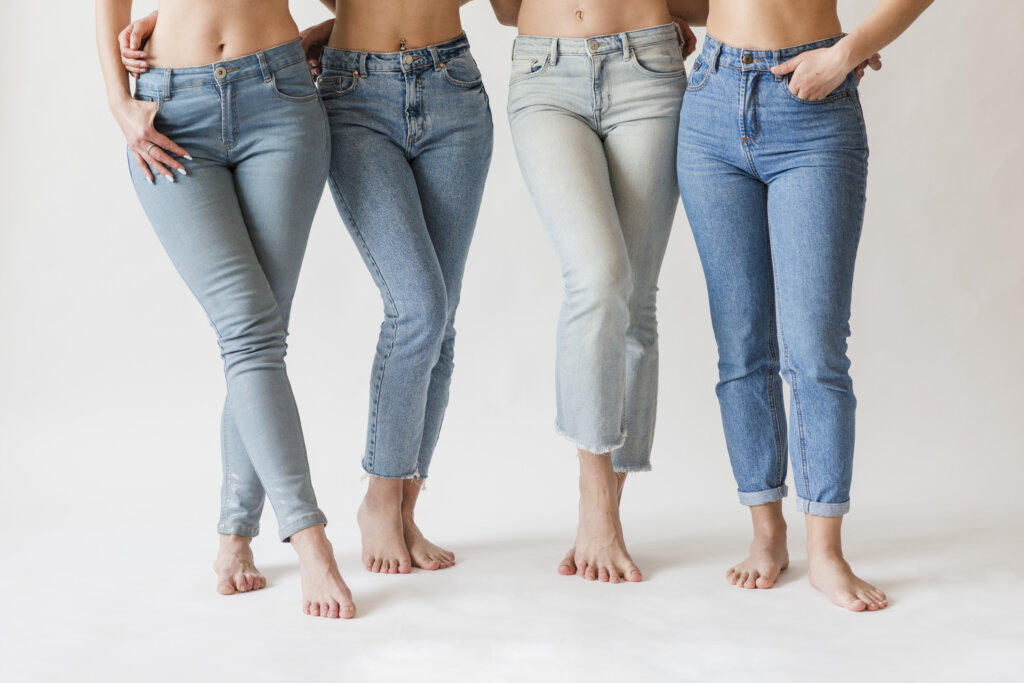
- Yarn Irregularity: 25-40% thickness variation
- Fading Pattern: Vertical falling characteristic
- Production: Modified ring frames with irregular drafting
- Acid-Washed Denim

- Process: Potassium permanganate spray + pumice stone tumbling
- Neutralization: Sodium metabisulfite rinse
- Eco-Alternative: Ozone bleaching (30-50ppm concentration)
- Stretch Denim
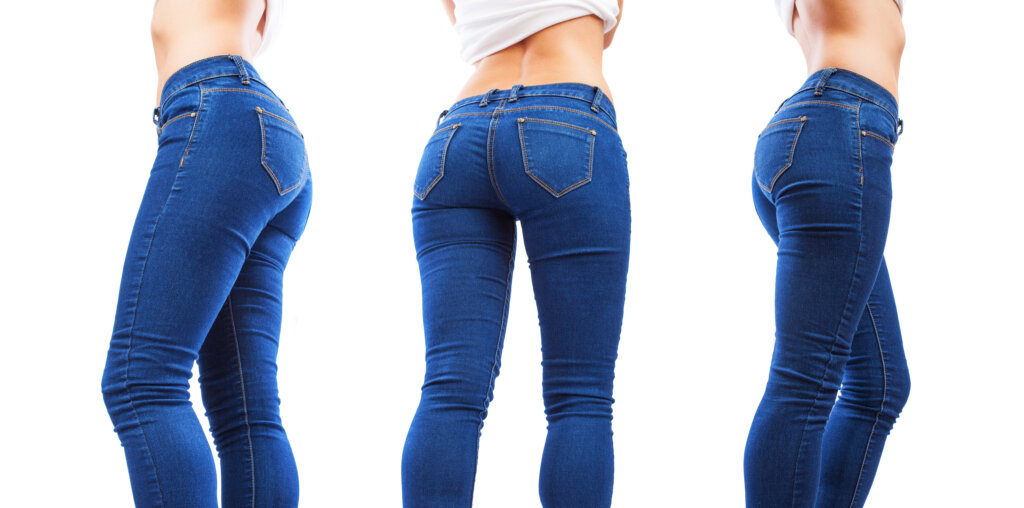
- Core Components: Dual-core spinning (cotton sheath/polyester-elastane core)
- Elongation: 40-50% (ASTM D2594)
- Recovery: >90% after 50 washes
- Ecru Denim

- Color Index: Natural cotton hue (L*85-88, a*1-2, b*10-12)
- Processing: Skip scour bleaching to preserve natural waxes
- Organic Denim
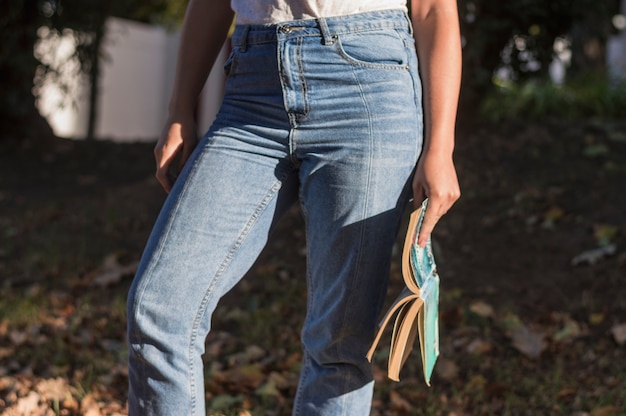
- Certifications: GOTS, OCS 100
- Dyeing: Natural indigo (pH 10.5-11.5 vat)
- Traceability: Fiber-to-garment blockchain tracking
Industrial Denim Composition Standards

Modern denim engineering balances performance parameters:
| Parameter | Standard Range | Performance Enhancement |
|---|---|---|
| Elastane Content | 2-3% (standard stretch) | 20-30% (super stretch with dual-core yarns) |
| Yarn Count | Ne 7-10 (coarse) | Ne 16-20 (premium ring-spun) |
| Abrasion Resistance | 10,000 Martindale | 25,000+ (reinforced twills) |
| Shrinkage Control | 8-10% | 3-5% (sanforized processes) |
Ludyway’s vertical manufacturing integrates proprietary shrinkage control systems achieving 3.2% maximum shrinkage – critical for private label clothing consistency.
Commercial Jean Typology
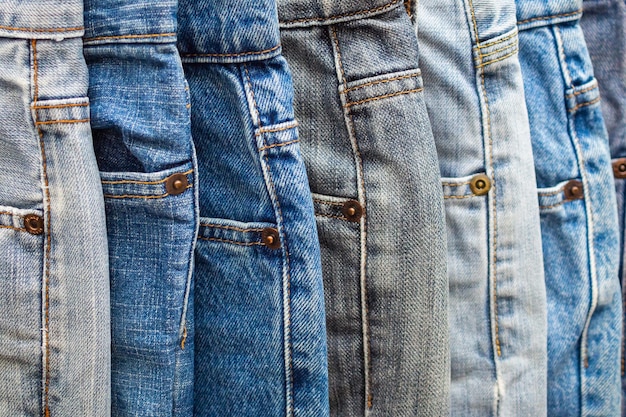
Slim-Fit Engineering
- Leg taper: 15-18% reduction ankle-to-knee
- Pattern tolerance: ±3mm
Skinny-Fit Technicals
- Stretch requirement: Minimum 30% elongation
- Seam engineering: 4-thread overlock + coverstitch
Straight-Fit Manufacturing
- Leg opening: 18-22cm (consistent throughout)
- Fabric consumption: 1.6m/unit (56″ width)
Bootcut Pattern Geometry
- Flare angle: 5-7° from knee downward
- Hem reinforcement: Double-needle bartacking
Distressed Denim Production
- Controlled abrasion: Laser precision (0.1mm accuracy)
- Reinforcement: Behind-knee silicone coating
Fabric Yield Calculations
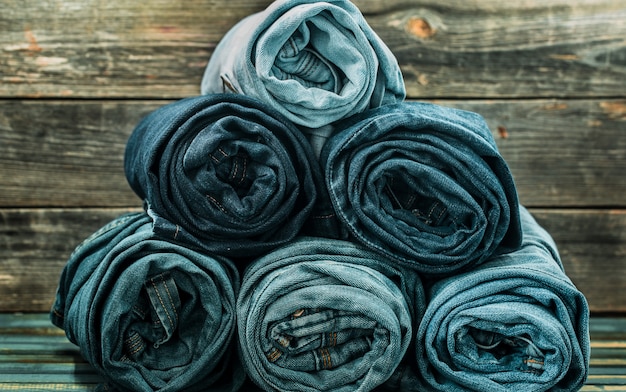
Precision cutting minimizes waste:
- Standard denim (56″): 1.5 yards/pair (nested cutting)
- Selvage (30″): 2.8-3.2 yards/pair
- Waste factor: 8-12% (inclusive of marker efficiency)
- Optimization: CAD marker planning achieves 92% utilization
Industrial Manufacturing Sequence
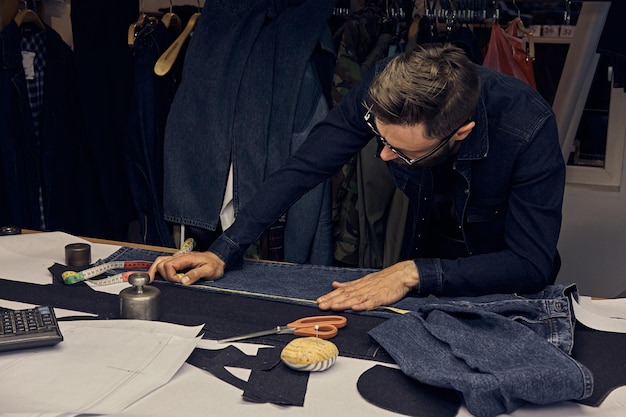
Ludyway’s 23-step production protocol:
- Fabric Inspection: 4-point system (ASTM D5430)
- Pre-Shrinking: Sanforization (2-3% residual shrinkage)
- CAD Pattern Engineering: 3D virtual prototyping
- Automated Cutting: Ultrasonic blade (300-layer capacity)
- Pocket Construction: Screen printing or embroidery application
- Fly Assembly: Zipper insertion (YKK® #3-5) with tape bonding
- Inseam Joining: 401 chainstitch (8-10 SPI)
- Side Seam Construction: 516 safety stitch
- Waistband Attachment: Stretchable rib knit (5% elastane)
- Belt Loop Application: 7-loop configuration (bartacked)
- Hardware Setting: Rivet (copper alloy) + button (epoxy finish)
- Finishing: Laser finishing and enzyme wash
- Quality Assurance: Dimensional stability testing (±1.5% tolerance)
Automated production lines achieve 98% stitch consistency, critical for high-volume custom jeans manufacturing programs.
Conclusion
Denim manufacturing requires precise integration of fabric engineering, pattern science, and finishing technologies. Understanding technical specifications—from slub yarn variations to industrial shrinkage control—enables brands to optimize product performance and market positioning. Ludyway’s vertically integrated facilities execute these complex parameters at commercial scale, transforming technical denim knowledge into market-ready collections with consistent quality assurance.










